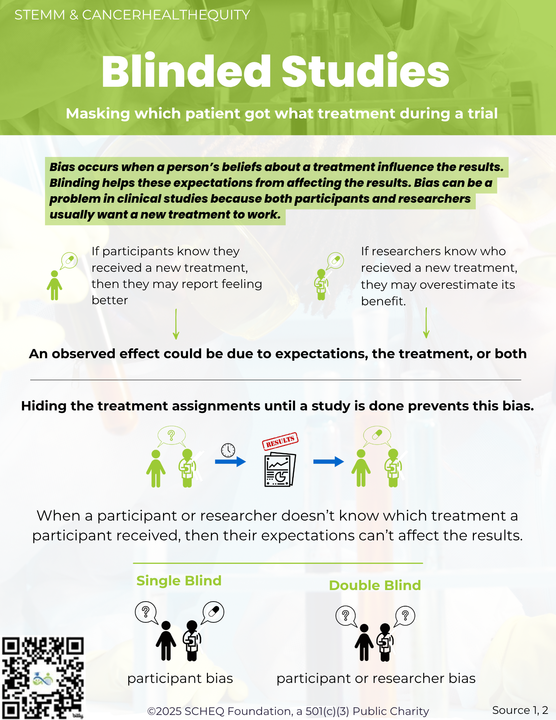On April 5th, 1950, Franklin Ramón Chang-Díaz was born in San José, Costa Rica, to a Costa Rican mother and Chinese immigrant father. Franklin immigrated to the US during high school and went on to attend the University of Connecticut, where he earned a BS in Mechanical Engineering in 1973. He then received a PhD in Applied Plasma Physics from Massachusetts Institute of Technology in 1977, where he was involved in the United States’ controlled fusion program and helped design and operate fusion reactors.
In 1980, Franklin became the first Latin American immigrant to be selected by NASA as an astronaut candidate. With his first flight in 1986, Franklin would begin one of the longest careers in space, tying the record for the most space shuttle missions, totaling seven missions. During these missions, he aided in constructing the International Space Station and was acting Director of the Advanced Space Propulsion Laboratory at Johnson Space Center until he retired from NASA in 2005. At the time of Franklin’s retirement, he had logged more than 1600 hours in space, including 19 hours and 30 minutes of spacewalks.
After leaving NASA, Franklin became the president and CEO of Ad Astra Rocket Company, which is dedicated to developing plasma rocket technology. In addition to his work at Ad Astra, he is an adjunct professor of physics at Rice University and the University of Houston.
Sources:
- https://www.nasa.gov/wp-content/uploads/2016/01/chang-diaz_franklin_0.pdf
- https://web.archive.org/web/20071115161244/http://www.pbs.org/kcet/wiredscience/story/80-franklin_chang_diaz_astronaut_and_rocket_scientist.html
- https://www.adastrarocket.com/mission-and-vision/
- Our Team – Ad Astra Rocket Company – Houston, US




